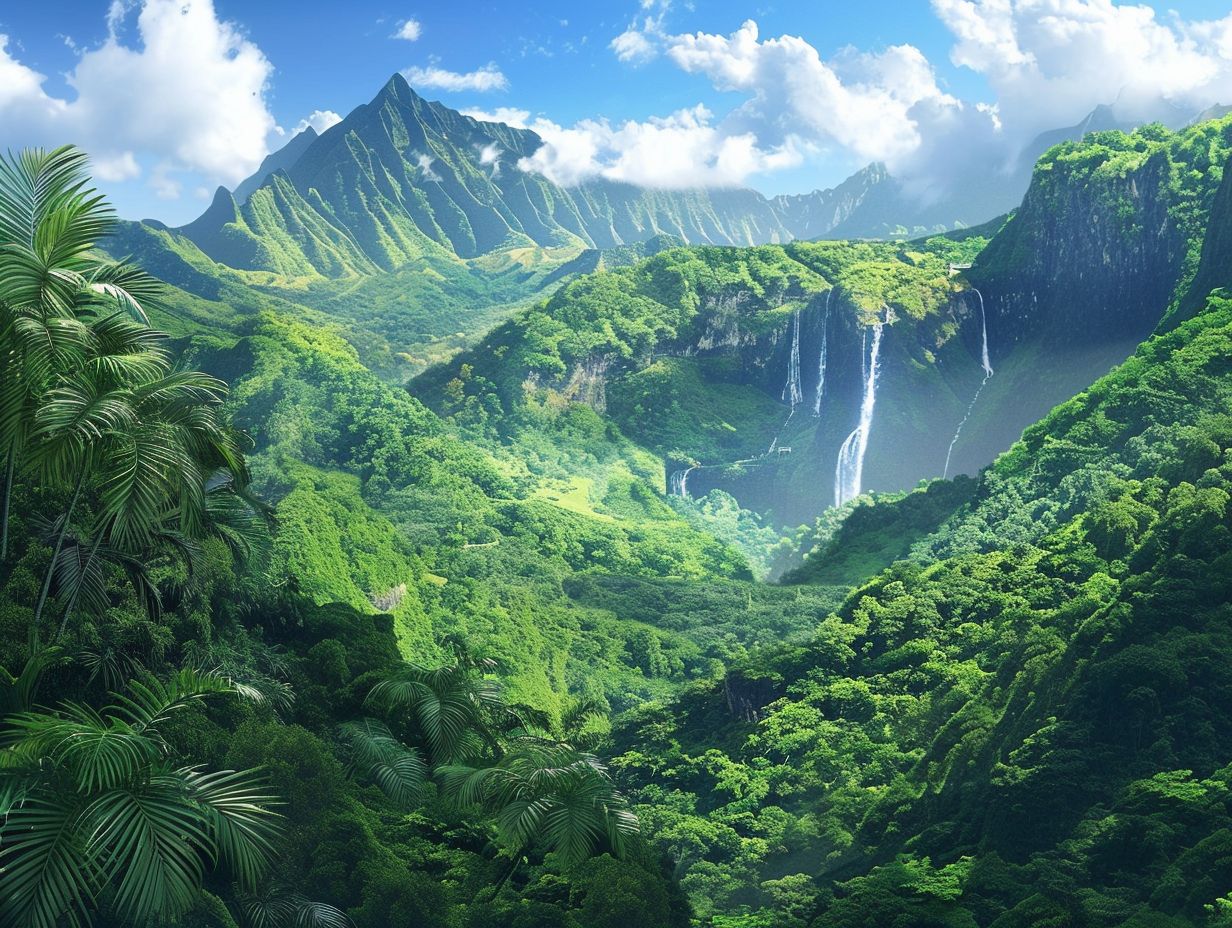Olympic National Park is not inherently dangerous, but it does present certain risks that visitors should be aware of. The park covers nearly a million acres of stunning wilderness in Washington State, with snow-capped peaks, meadows carpeted with wildflowers, salmon-filled rivers, and temperate rainforests teeming with life. However, there are specific factors and incidents to consider when evaluating the safety of Olympic National Park.
Wildlife Encounters
Olympic National Park is home to a variety of wildlife, including black bears and mountain lions. While these animals are generally shy and avoid human contact, they can become aggressive if they feel threatened or if their young are nearby. Park officials advise maintaining at least 50 yards (half a football field) between yourself and wild animals.
In May 2016, a 30-year-old man fell 70 feet down two sets of waterfalls after attempting to cross a fast-moving Sol Duc River to climb on a boulder in the middle of the river. He survived, but this incident highlights the dangers of posing near waterfalls and crossing rivers where there are no bridges.
Mountain goats, once a concern in the park, have been removed, but visitors should still be aware of other potentially dangerous animals such as coyotes, which have become overly familiar with humans due to being fed by visitors.
Weather and Terrain

The park’s weather is often rainy, and visitors should be prepared for wet and potentially slippery conditions. Wearing waterproof layers and closed-toed shoes with good tread is essential for hiking in the park. Afternoon thunderstorms are common in the summer months at high elevation, and lightning can pose a risk. Hiking in the morning and planning to be back at the trailhead by early afternoon is recommended.
Coastal Hazards
Olympic National Park’s 73-mile coastline is stunning but can be dangerous due to rising tides. Visitors should be aware of tide charts and headlands that are only passable during low tide. Talking to a ranger about headlands and how to use a topographic map and tide chart is essential before setting off down the beach.
Safety Tips for Solo Adventuring
When adventuring solo in Olympic National Park, it’s crucial to tell somebody where and when you’re going and when to expect you to check in. Having a plan of where you’re going and leaving it with two people you’ll check in with is also important. The park is big and a lot of it looks similar, making it easy to get lost. Dressing appropriately for the fluctuating weather and having footwear with good traction is also essential.
Entrance Fees and Reservations
Visitors can buy a $30 7-day pass at a park entrance station or use their America the Beautiful or other interagency annual pass to get into the national park. Campers will find fifteen campgrounds—some with first-come, first-served sites—in the park. It’s best to make advanced reservations. Camping is only allowed in designated campgrounds, or in the backcountry with a permit.
In conclusion, while Olympic National Park is not inherently dangerous, visitors should be aware of potential risks and take necessary precautions to ensure a safe and enjoyable experience.
References:
– Is ONP a safe place to go alone?
– Olympic National Park Basic Information
– Bad Selfies in Olympic National Park
– Safety Tips for Solo Adventuring in Olympic
– Wildlife Safety in Olympic National Park

